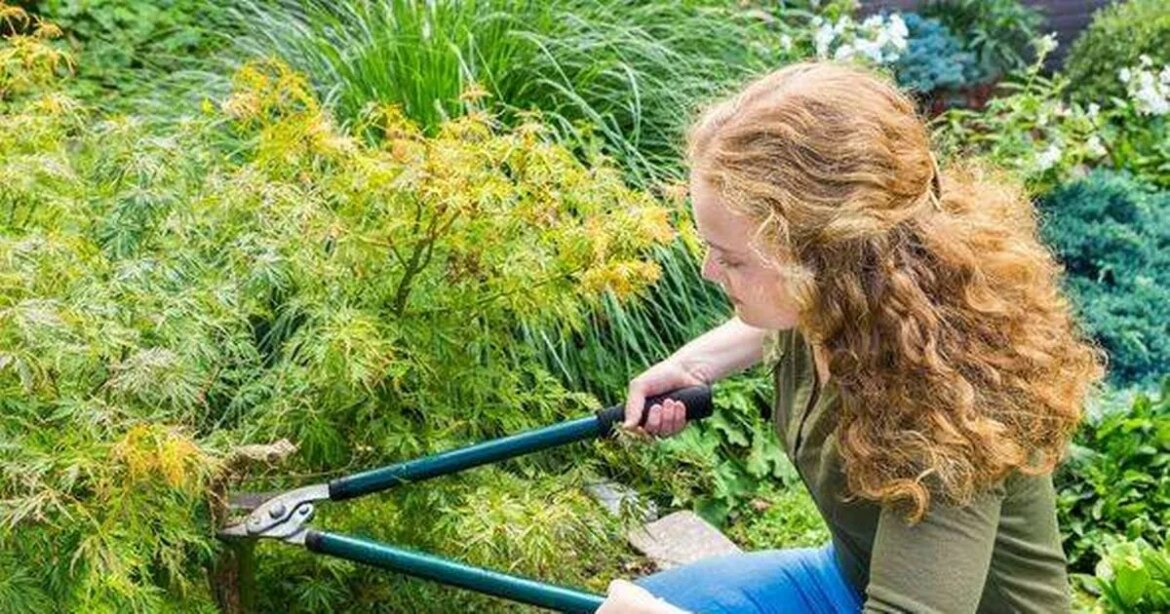Pruning is a key task when it comes to caring for Japanese maples, yet many gardeners are left baffled about how to do it properly. Pruning is a crucial task when it comes to caring for Japanese maples(Image: Getty)
Pruning is a crucial task when it comes to caring for Japanese maples(Image: Getty)
Pruning stands as an essential practice for maintaining Japanese maples, though countless gardeners find themselves confused about the proper approach.
Poor pruning techniques can “destroy their beautiful shape and foliage”, cautioned gardening specialist Jessica Walliser from Savvy Gardening. Mastering the right method and timing for trimming these trees will boost their appeal while preserving their wellness and structure.
No matter which type of Japanese maple you own, the pruning requirements, approach, and schedule stay consistent, the expert reassured. Maintaining tree health and making it “more beautiful” requires “properly timed trimming is essential”, Jessica recommended, sharing some simple rules about when to trim Japanese maples, reports the Express.
READ MORE: The four ‘dangerous’ plants you have to get rid of now – or face chaosREAD MORE: Vital hydrangea care tip in the fall to have bigger blooms come spring
She noted: “The best time of year to prune any living wood is late autumn to mid-winter (November through to January). I don’t prune my Japanese maple any time after January.”
 Japanese maples will look ‘more beautiful’ when you prune them at 1 time of the year(Image: Getty)
Japanese maples will look ‘more beautiful’ when you prune them at 1 time of the year(Image: Getty)
Different from most other leaf-dropping trees that tolerate pruning while dormant, maples shouldn’t be trimmed during late winter months. Jessica clarified: “If pruning occurs in late winter, the wounds weep sap.”
Though this won’t destroy the tree, it might draw bugs, and the trimming cuts could remain exposed longer, raising the chance of disease infection.
Determining the right moment to trim Japanese maples can present quite a challenge, particularly since spring and summer cutting should be avoided.
The initial move involves eliminating any lifeless branches, which typically appear on the tree’s lower sections. It’s essential to examine the tree’s underside, since this is where most of the dead wood typically builds up.
When fresh growth appears on your Japanese maple that clashes with the rest of its development, it should be trimmed away to preserve the tree’s distinctive form.
The specialist cautioned that side branches stretching far from the trunk should only be cut “unless it is absolutely necessary”, as they are “much better off growing to their natural form”.


Comments are closed.